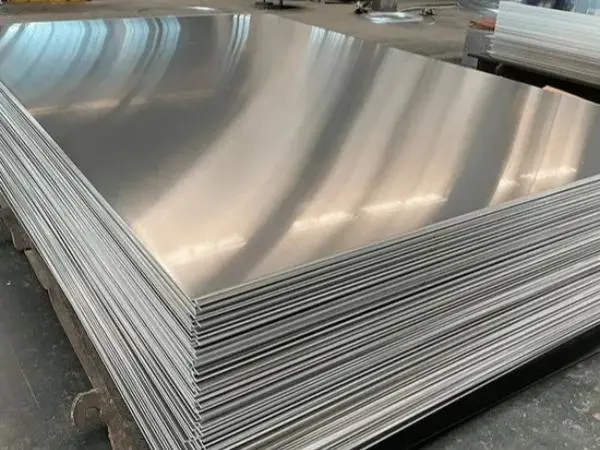- Phone0086 731 8564 8255
- E-mailsales@cscsteel-manufacturing.com
-

The flattening test for ERW (Electric Resistance Welded) pipes is a standard procedure used to evaluate the mechanical properties and quality of the welded joints in ERW pipes. The test involves applying a compressive force to the pipe until it is deformed in order to assess its ability to withstand stress without failure, particularly at the welded area. This test is essential for ensuring the structural integrity of the pipe, especially in applications where the pipe may be subjected to bending or compressive loads.
Continental Steel Co., Ltd is professional ERW pipe manufacturer, for more details, please contact:sales@cscsteel-manufacturing.com
Purpose of the Flattening Test for ERW Pipes:
To assess the strength and ductility of the pipe, especially at the weld seam.
To verify the integrity of the welded joint and ensure that it can withstand deformation without cracking or separating.
To ensure the pipe meets industry standards for use in critical applications such as oil and gas pipelines, water systems, and structural projects.
Flattening Test Procedure for ERW Pipes:
Sample Selection:
A representative sample of the ERW pipe is selected for testing. Typically, a pipe section with a length of about 6 inches (150 mm) is chosen, though the exact length may vary depending on the testing standards or specifications.
Test Equipment:
The pipe is placed between two rigid, parallel platens or compression surfaces. These platens are used to apply a uniform compressive force to the pipe.
Test Setup:
The pipe is positioned so that the weld seam (the area where the pipe was joined during the manufacturing process) faces the compressive force. In some cases, the test may be conducted both with the weld seam oriented parallel and perpendicular to the direction of force application.
Compression Application:
The pipe is gradually compressed between the platens. The force is applied slowly and steadily to ensure that the pipe deforms uniformly.
The test continues until the pipe has been flattened to a specified percentage of its original diameter or until failure occurs (whichever comes first).
Flattening Extent:
The extent of the flattening is typically specified by the standard or project requirements. Common practice is to flatten the pipe until it is reduced to 25% to 40% of its original diameter, though some standards may allow different percentages.
Inspection:
After the compression, the pipe is inspected for any signs of failure, such as cracks, fractures, or delamination of the weld seam. These failures indicate a poor-quality weld or inadequate pipe material.
The test is considered a failure if any cracks, visible deformation, or failure in the welded area occurs that compromises the structural integrity of the pipe.
Criteria for Acceptance:
The pipe passes the flattening test if, after being compressed, it does not develop any cracks or visible fractures in the welded area.
The pipe is also considered acceptable if the weld zone remains intact and shows no signs of separation or delamination under the applied compression.
The test typically ensures that the wall thickness of the pipe remains adequate even after deformation.
Standard Specifications for Flattening Test:
The flattening test for ERW pipes is typically governed by national or international standards such as:
API 5L (for steel pipes used in the oil and gas industry).
ASTM A53 (for carbon steel pipes).
ASTM A500 (for cold-formed welded and seamless carbon steel structural tubing).
ISO 3183 (for pipeline transportation systems).
These standards generally specify the conditions under which the flattening test should be performed, including:
The amount of flattening (percentage reduction in diameter).
The conditions of the testing (e.g., temperature, speed of application of force).
The acceptable level of deformation or failure criteria.
Importance of the Flattening Test:
Quality Control: It helps ensure the quality of the weld seam, which is the most critical part of an ERW pipe. A good weld should maintain the same mechanical properties as the base metal and withstand substantial deformation.
Compliance with Standards: The flattening test is a requirement in many pipeline codes and industry standards, ensuring that the pipe can be safely used in applications where it may be subjected to bending, pressure, or external forces.
Prevention of Weld Failures: This test can detect weak points in the weld seam that may not be visible through visual inspection alone. By identifying these weak points early, it prevents potential failure in the field, reducing maintenance costs and improving safety.
Conclusion:
The flattening test for ERW pipes is a vital quality control measure to ensure that the pipes meet the necessary mechanical strength, particularly at the welded joints. This test confirms the durability and reliability of the pipe, which is crucial for safe and effective operation in a variety of applications, including the transportation of fluids in industrial systems.




